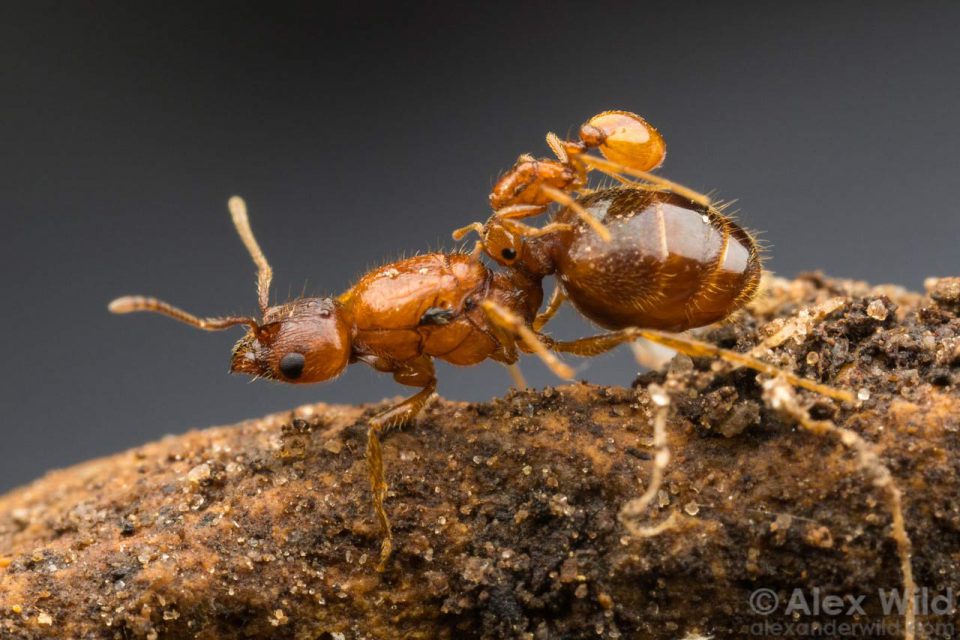When you hear the word social being, the first thing comes to many people’s mind is “A Colony of Ant”. With division of labour has female worker, male drones and female queen, it’s the complex society all working for the betterment of the colony. But, over the course of evolution few ants show a different adaptive feature than the normal social ants which we come across. We call them as “Social Parasitic Ant”.
So what’s different in a parasitic ant from that of a regular one? Before that we have to know what it does. Parasitic ant Queen doesn’t like to build its own nest like other queen ants do. So it follows an old man’s technique, it invades other ants colonies, basically close relative to its species, somehow kills the host queen and gains control over the colony. Not just that, it lays its eggs, and makes the host ant take care of it’s eggs. Eventually the whole colony will be taken over by the Parasitic queens species. That’s how it got its name as Social parasite.
To study this behavioural change in Parasitic ant, an international collaboration of researchers from Europe (the Universities of Münster and Copenhagen), South America (University of the Republic in Montevideo, Uruguay), and the U.S., (led by Arizona State University), teamed up to discover and collect these rare ant social parasites. Together, they have obtained and analysed the full DNA genome sequences of three rare “social parasite” leaf-cutting ant species (called Acromyrmex inquilines) to better understand the differences between them and their respective host species.
The researchers suspect this gene erosion would be caused due to out breeding and a large effective population. And over a course of evolution with natural selection and genetic drift, the ancestral traits were lost since this new Parasitic behaviour became dominant.
Rabeling, one of the researcher of this project said “It is therefore no surprise that parallel shifts to a highly specialized socially parasitic behavior and lifestyle abandoning this fundamental ancestral condition, usually based on outbreeding and larger effective populations, leave significant genomic footprints,”
It could have all started when a queen ant doesn’t want to build a colony would have followed this Parasitic method. Being the easiest way to raise your next generation it became a dominant trait, hence passing it to it’s next generation.
It’s like “pause and stop” of the traditional trait of forming a colony to adapt to a better, easier way to raise its offspring.
To find a better understanding, the genomes of these 3 species of social parasitic leaf cutter ants were analysed. They found genomic rearrangement and gene inversion, which is a characteristic feature for losing traits. They also found relaxed selection i.e., environmental change or adaptive change in 233 genes in the network of genomes in at least 1 of the 4 social parasite species.
Their results help us not only to understand about Parasitic ants, but also offer us a better understanding of how Parasitic behaviour came into existence through loss of a functional gene. It also proves to us that few of the parasites we come across in our life might have lost their social behaviour over the course of evolution.
previous post

